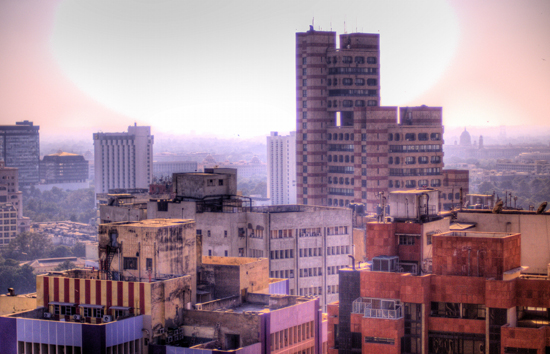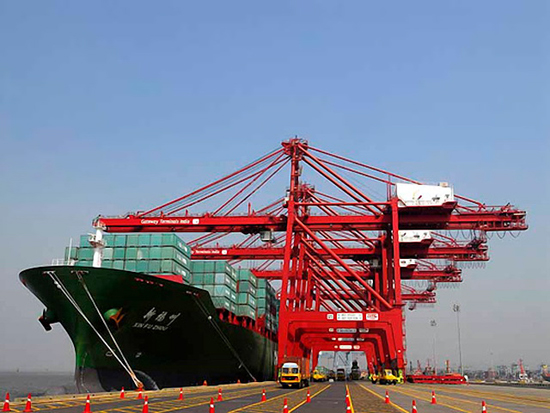Country Snapshot: Trade Overview
India is the world’s most populous democracy, with an attractive economic market poised for growth, in spite of the nation’s challenges. Agriculture supports nearly half of the population, yet India’s well-educated and English-speaking labor force drives the service sector; the country has become a major exporter of information technology services, business outsourcing services, and software workers. The country has implemented trade reforms, including safeguarding intellectual property rights, modernizing the financial sector, reducing tariffs and trade barriers, and amending government fiscal and monetary policies. The country rebounded strongly following the 2008-2009 global crisis, with growth rates exceeding eight percent. However, economic growth slowed again in 2011 and fell to a decade low in 2013, leading to large deficits and a decrease in foreign investment.
Trade History
India’s earliest cultures built civilizations based on agricultural trade and commerce. From the 4th to 6th centuries, the Gupta dynasty brought a “golden age” to Indian culture, science, and art. Islam spread throughout the country and India’s upper classes adopted a mix of Hindu and Muslim traditions. In 1619 the English East India Company set up its first trading station on India’s northwest coast; and by the 1850s England gained control. In 1947 nonviolence resistance brought India its independence.
Modern India is one of the largest global economies. Its main generators of GDP are the services, industry, and agriculture sectors, with services providing more than half of total GDP. India also has a large and growing middle class of more than 50 million people with increasing amounts of disposable income. Economic reforms, first begun in the early 1990s, move the nation moving forward on a somewhat slow economic path.
Top Export Partners
The United Arab Emirates and the US are India's top export partners, each accounting for 12 percent of sales. They are followed by China and Singapore, with 5 percent each; and Hong Kong, with 4 percent.
Major Export Products and Services
Machinery, iron and steel, apparel, petroleum products, vehicles, precious stones, and chemicals top the exports list. The nation’s information technology sector is a major service export.
Top Import Partners
China leads the list of the country's top import partners, with 10 percent of purchases. The UAE follows with 8 percent; Saudi Arabia with 7 percent; Switzerland with 6 percent; and the US with 5 percent.
Major Import Products and Services
India’s primary imports include chemicals, machinery, precious stones, fertilizer, crude oil, and iron and steel.
Barriers to Trade (Tariff and Non-Tariff)
Average tariff rates have declined, but for some products, such as coffee, spirits, and other beverages, they continue to be very high. Cost of trade is affected by service market restrictions, non-transparent and complex regulation, lax enforcement of intellectual property rights, export subsidies, anti-dumping restrictions, and complex and non-transparent customs administration. The government also imposes price controls on major agricultural commodities. India struggles with environmental challenges that may affect trade; concerns include lack of potable tap water, water pollution due to sewage and pesticide contaminants, and the strain on natural resources caused by an ever-increasing population.
Major Ports
India’s chief ports include Jawaharal Nehru Port, Mumbai (Bombay), Kandla, Vishakhapatnam, Kolkata (Calcutta), Sikka, Chennai.
Article written for World Trade Press by Eileen Rojas.
Copyright © 1993—2025 World Trade Press. All rights reserved.

 India
India 


